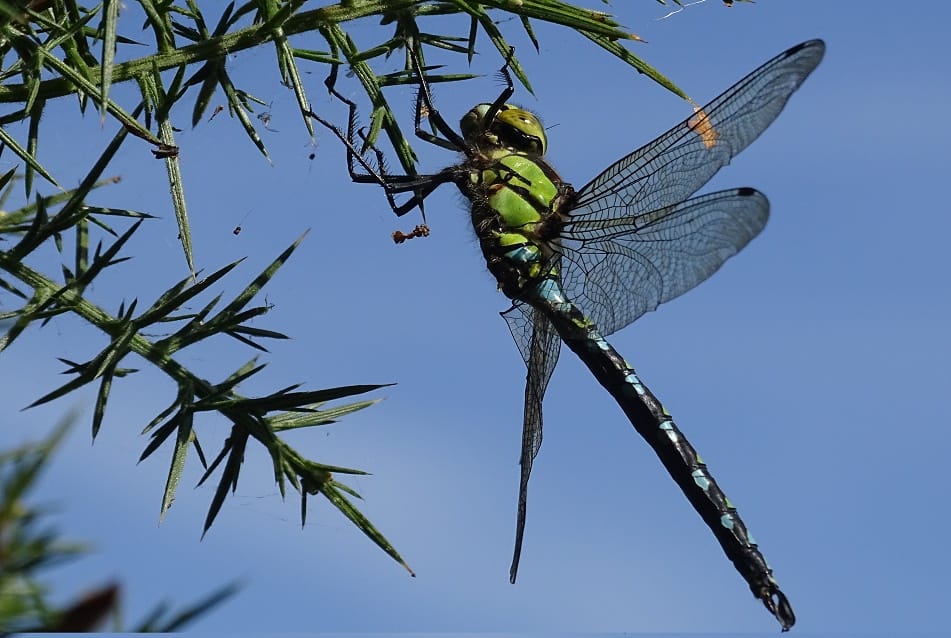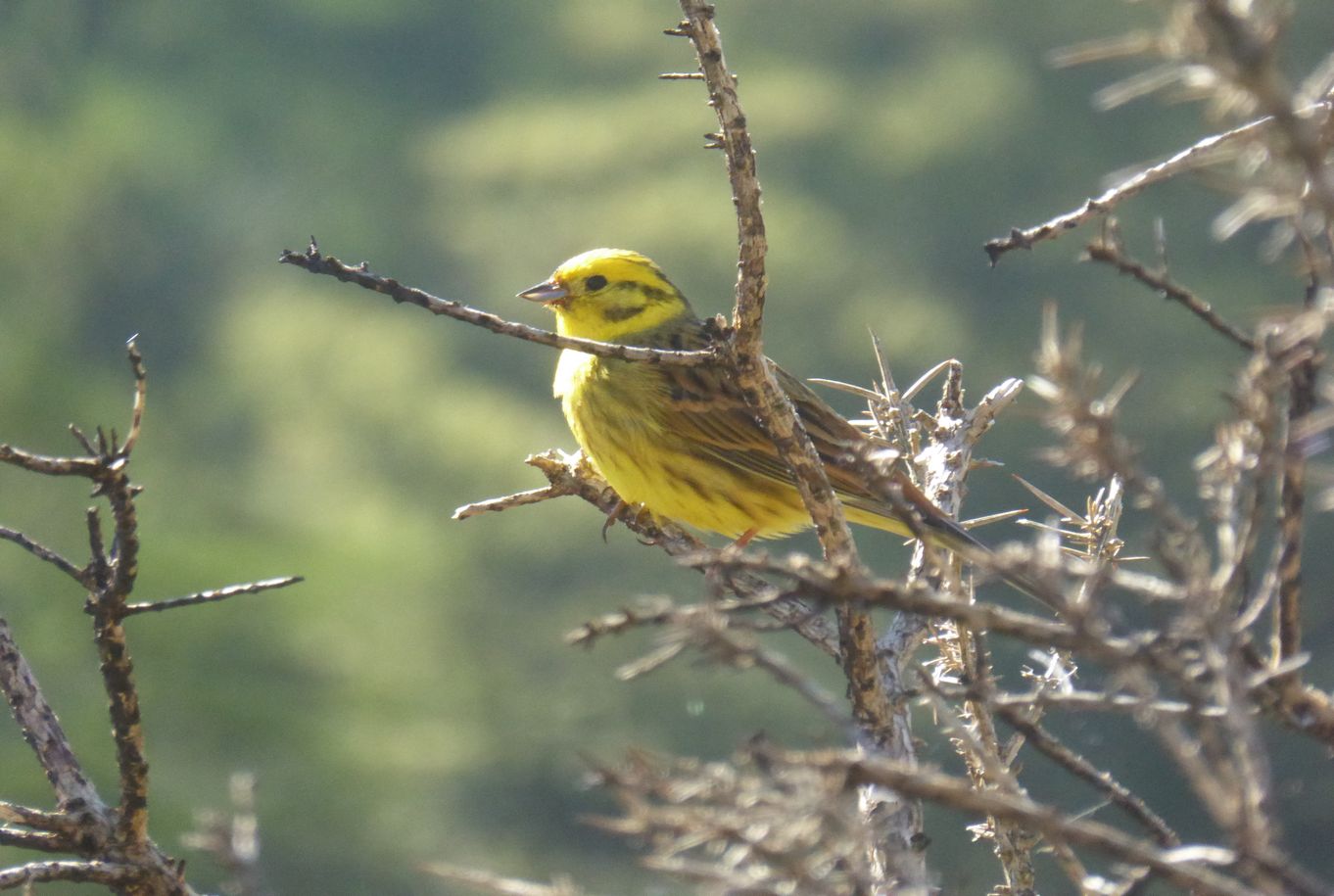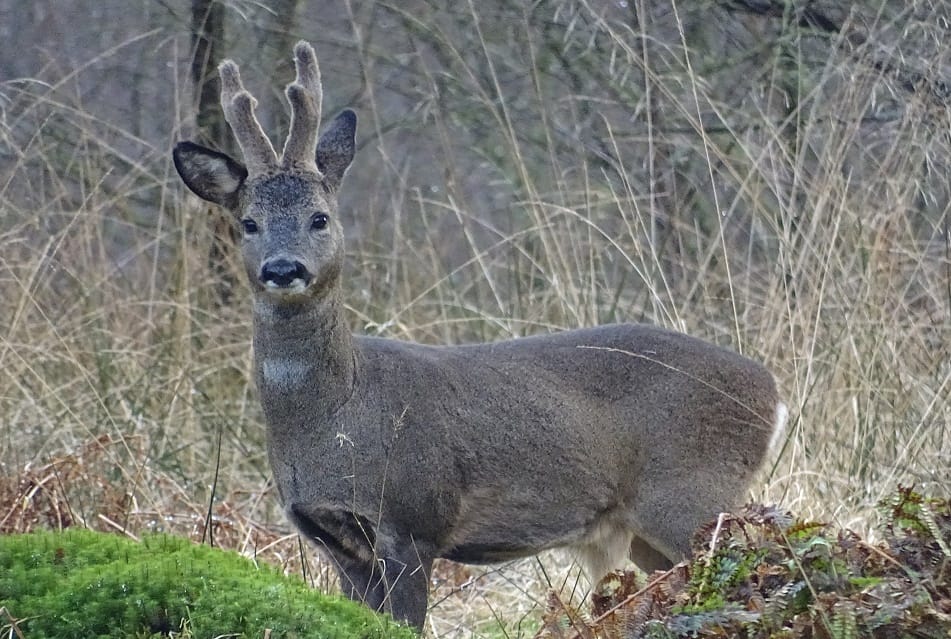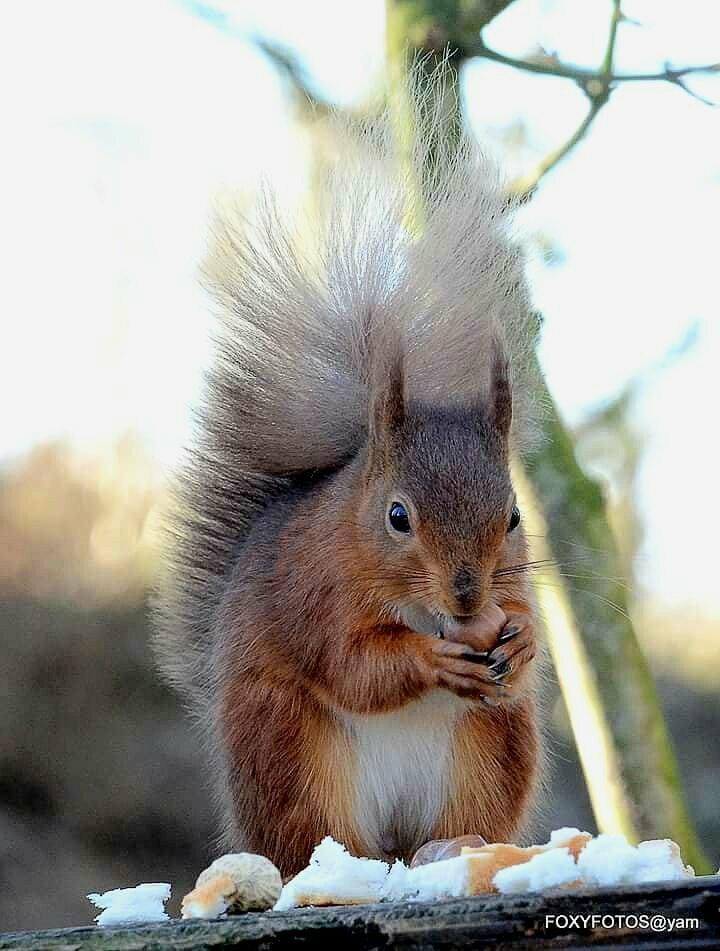Wildlife around Keswick in the Lake District
If you were to ask what kind of wildlife a visitor might expect to see in the Keswick area they are likely to say red squirrels or osprey and of course lots of Herdwick sheep. But there is much more besides....
The opportunities to observe wildlife in the Lake District are fantastic. Endangered red squirrels can be seen here. Look out for them in the conifers in Dodd Wood or in Whinlatter Forest. Their survival is not guaranteed with current estimates suggesting that only about 5000 reds are left in Cumbria. The work of the Red Squirrels Northern England is crucial in monitoring and checking the advance of the greys. They call on the public's help in reporting sitings of both red and grey squirrels in an attempt to preserve areas in which red squirrels can live unchallenged.
Cumbria is rich in birdlife. Over 200 species of bird are recorded in Cumbria in any one year. Many visitors to the Lake District in recent years have shared in the excitement of ospreys breeding in craggy woodland near Bassenthwaite Lake. The Lake District Osprey Project has made viewing these wonderful birds accessible, through telescopes in Dodd Wood and via the webcam display at the Whinlatter Visitor Centre. Ospreys are not the only big birds to be seen circling the Lakeland fells. Look out for buzzards, peregrines and Kestrels.
The numbers of otters in Cumbria encouragingly has grown in recent years. By the 1980s otters had almost disappeared from Cumbria, due mainly to toxins in pesticides. There are now growing numbers particularly in the Eden Valley, on the Solway Plain and on the northern stretch of the west coast of Cumbria. Conservation efforts, for example, in helping to build stone wall otter holts, appear to be reaping rewards.
If plantlife is your particular interest Cumbria's flora is surprisingly rich given the northern latitude of the county. Over 1300 species of plant have been recorded, mainly because of the varied habitats of the area. The fells to the north of Keswick are acidic and whilst they support less plantlife than some of the southern Cumbrian coastal areas, the heather cover in late summer is spectacular, and rare lichens are found on rocks in some of the more remote areas of the north western fells. Fungi are bountiful in wooded areas in and around Keswick during the autumn months.
A major focus of conservation is maintaining the delicate balances that exist throughout the landscape and natural environment of the Lake District. In the past farming, mining and forestry have all left their mark. Today tourism has a very real impact. A walk along any of the many footpaths in and around Keswick will reveal signs of erosion. The Fix the Fells project was set up to raise funds for repairs and coordinate the efforts of volunteers to keep footpaths and access open .
Thanks to local photographer Daniel Quinn for sharing some of his wildlife photos with us.






